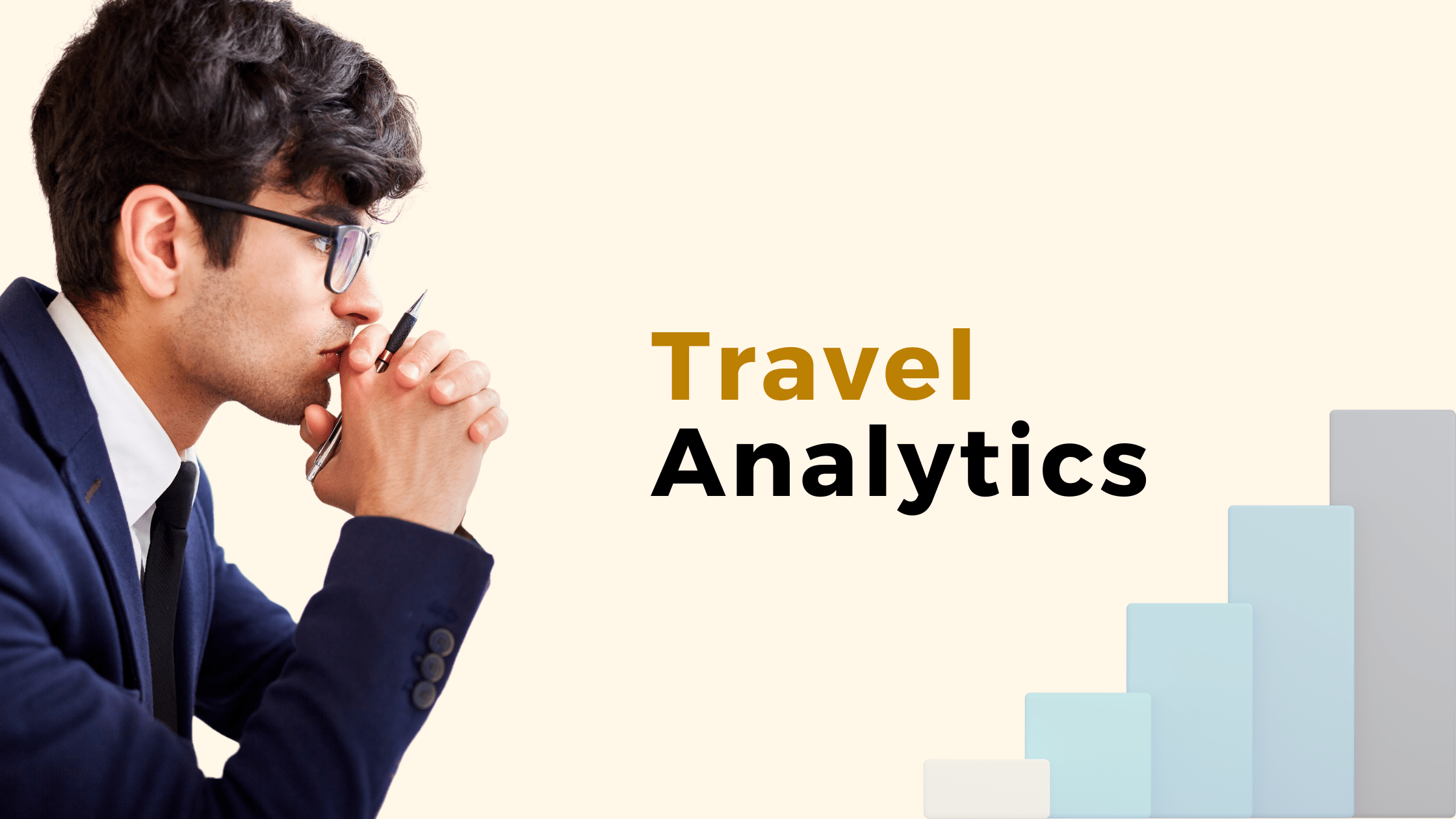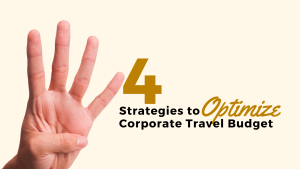Travel is an important part of doing business in a world that is becoming more connected and globalized. In the realm of Travel, there is “travel analytics”, a powerful tool that leverages data to optimize and streamline every aspect of travel management.
But what exactly is Travel Analytics? To understand it better, let’s dive into this fascinating subject.
What is Travel Analytics?
Travel analytics is the process of collecting, analyzing, and making sense of data about travel in a planned way. It’s a comprehensive approach that uses different metrics and analytics tools to figure out travel patterns, behavior, cost, and overall efficiency.
Let’s break it down into its core components.
What Data is Analyzed?
- Travel costs cover the cost of flights, accommodations, car rentals, and more.
- Employee Behavior: Travel preferences, booking habits, compliance with travel policies, etc.
- Vendor Performance: Analyzing different vendors for performance, cost-efficiency, and compliance
- Trend Analysis: Seasonal trends, peak travel times, preferred destinations, etc.
Benefits of Analytics
Analyzing your business travel has a lot of perks that can have a big effect on a business’s bottom line.
Cost Reduction
By analyzing travel expenses and behavior, organizations can find ways to save money, make better deals with vendors, and enforce travel policies better.
Read More: Smarter Corporate Travel: Effective Strategies to Optimize Your Budget
Compliance Monitoring
Companies can analyze data to make sure that all travel operations follow both internal and external rules. This reduces legal risks.
Read More: 5 Key Elements to Consider When Creating Your Corporate Travel Policy
Enhanced Travel Experience
By finding out what employees like and how they usually travel, companies can make travel experiences more satisfying and productive.
Strategic Planning
Such analytics give information about trends and patterns, which helps decision-makers make better decisions and plan more strategically.
Travel Analytics in Action
How do organizations actually apply Travel Analytics? Here’s a practical approach:
Step 1: Data Collection
Gathering data from various sources such as travel agencies, credit card statements, expense management systems, etc.
Step 2: Data Integration
Putting all the collected data into one system makes it possible to do a full study.
Step 3: Analysis and Reporting
Using specific tools and software to look at the data, figure out what it means, and make reports
Step 4: Decision Making
Using the insights derived to make informed decisions regarding travel management, policy enforcement, vendor negotiations, etc.
The Role of Technology
Technology is a big part of modern travel analytics, and there are many tools and platforms made to make the process easier. The technologies of Machine Learning, Artificial Intelligence, and Big Data allow for better analysis, predictive models, and reporting in real time.
Conclusion
Travel analytics is more than just a buzzword; it’s a way to manage one of the most complicated and ever-changing parts of business today. It not only makes operations more efficient, but it also makes the whole travel experience better and more in line with the company’s goals and aims.
In a time when every choice can have a big effect, Travel Analytics gives you the information and tools you need to handle the complicated world of business travel. If you want to change the way you handle travel and take it to the next level, Travel Analytics could be the key to your success.




